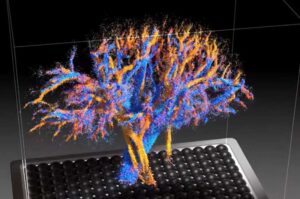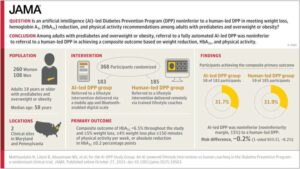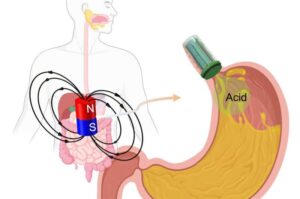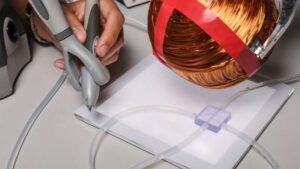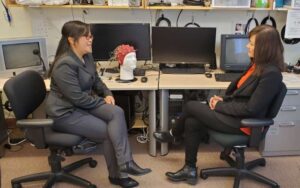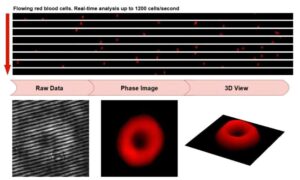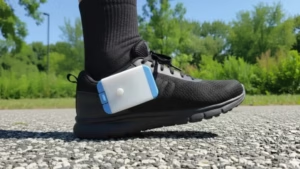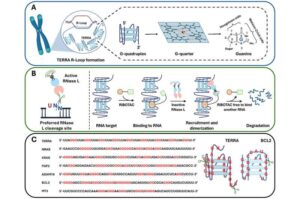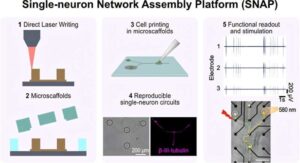
Integrated platform enables precise production of human neural circuits in the lab
Researchers at the Eye Clinic of the University Hospital Bonn (UKB) and the University of Bonn, together with colleagues from the University of Münster and Harvard Medical School, have developed an innovative platform that allows the function of neural networks to be studied in a targeted manner.

